Image: 4 iterations, with (a) is the original graph. (b), (c), (d), (e) correspond to result after each iteration. Example from "Introduction to Algorithm 3rd"
Hi, I do not understand few aspects about the algorithm. I hope someone could help. Below are my questions.
In each iteration, all edges are relaxed, as far as I concern. I expected all the node are updated distance in the first iteration. So why in the first iteration (b), only distance of node t and y are updated but the other still infinity?
Another question is, why need (node number - 1) iterations in which all edges are relaxed? What is guaranteed to achieve at each iteration so that the algorithm must run in (node number - 1) time to make sure the shortest path is found as long as no negative-weight cycles exist?

